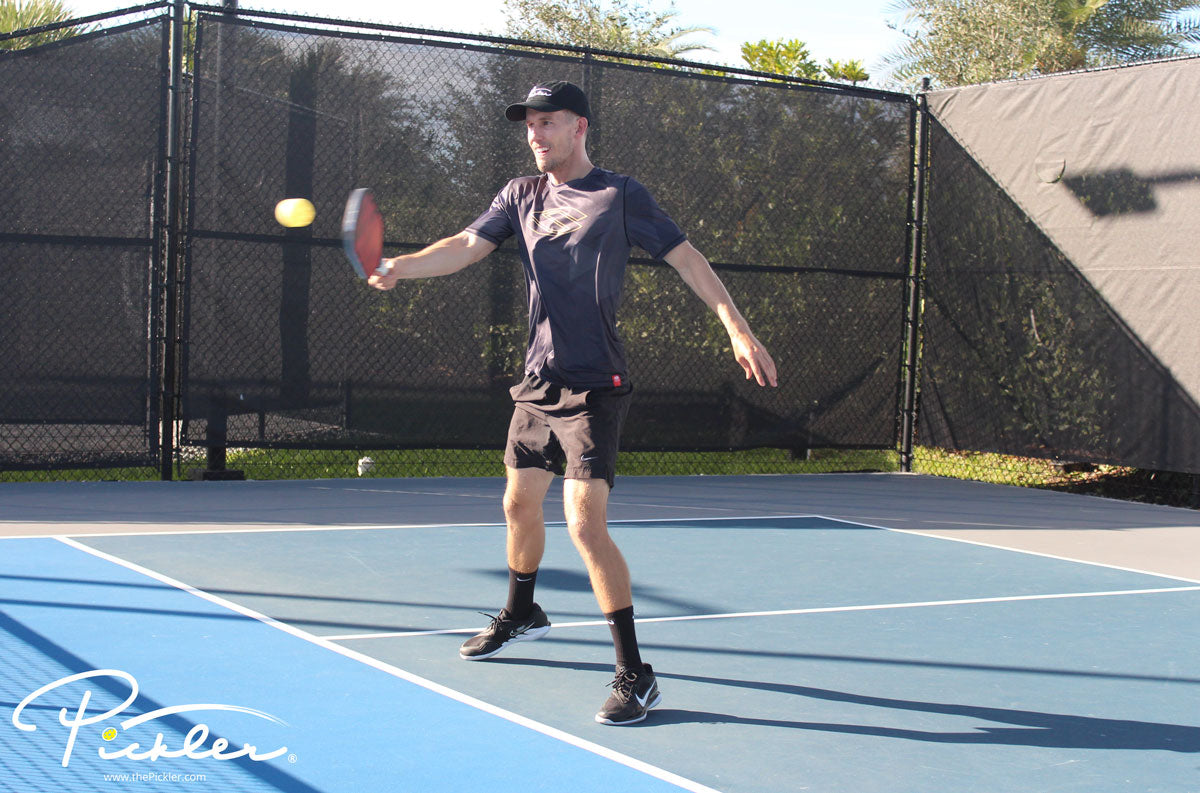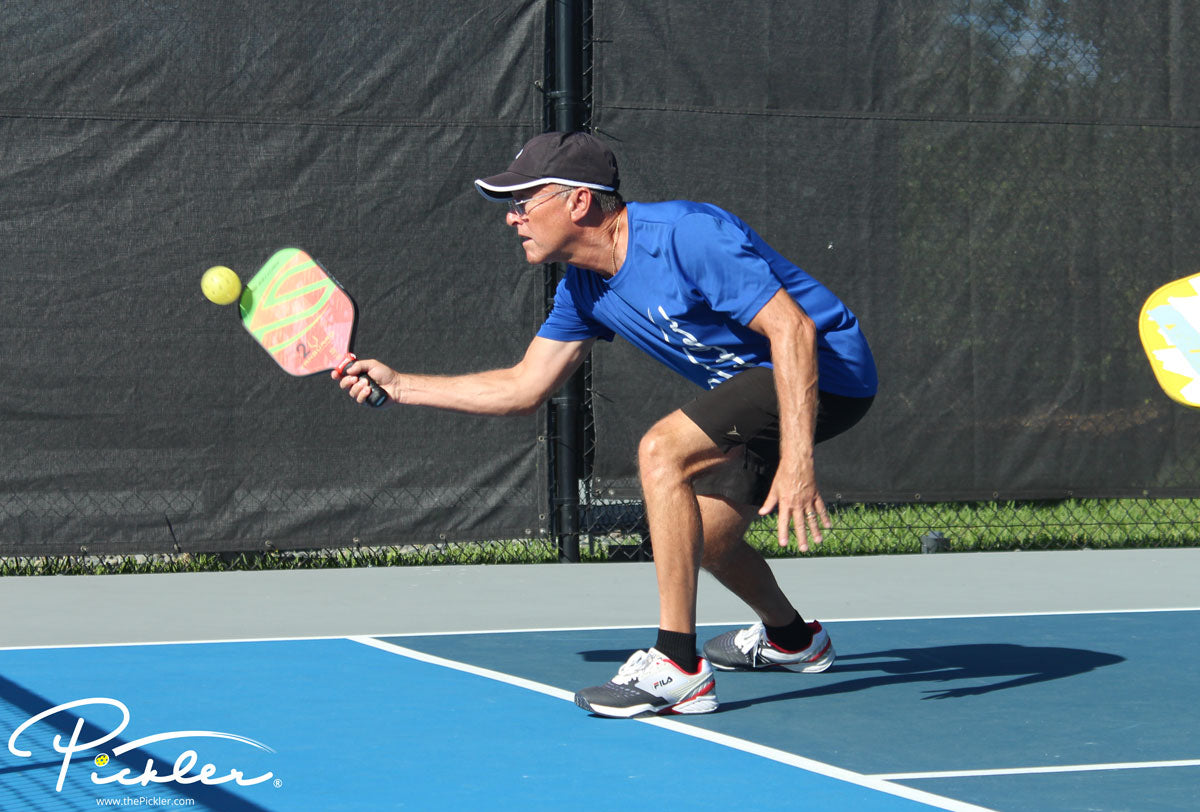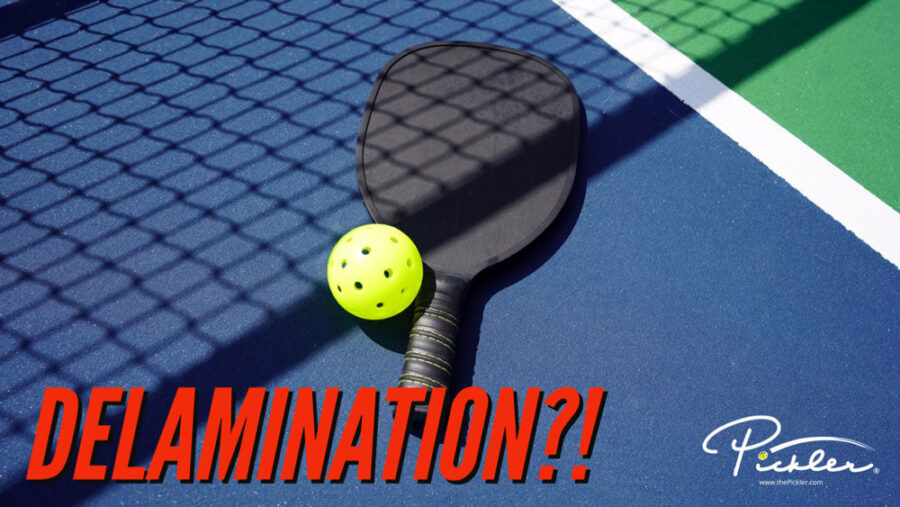When playing a sport, there is constant push-pull tension between power, accuracy, and finesse. For instance, if you push the bounds of power, you could lose your ability to be accurate. Or, if you focus on finesse, then you could be foregoing power. Athletes are constantly pushing their abilities to achieve all three, but since the three skills are sometimes at odds, athletes must choose one over the other and find the right balance.
The same is true on the pickleball court. Pickleball players must find the right balance between power, placement, and spin. All three are important to success on the pickleball court. For instance, power can put your opponents on the defensive and help you create winners through the pickleball court, while spin can help control the trajectory of the pickleball and create unique angles on the court.
So, what does this mean for pickleball players trying to improve their game and gain a competitive advantage on the court? With finite time to invest in improving your pickleball game, where should you put your focus? Should you put this time and energy into mastering your spin on the pickleball? Into developing more power on your shots?
We contend that, if you want to gain a competitive advantage on the pickleball court, then you should focus on improving your power (as opposed to spin). This is because it is generally more challenging for your opponents to adapt and counterattack power, as opposed to spin:
- Adapting to power is difficult because it requires your opponents to adjust to the pace of the ball quickly. You are taking time away from your opponents, which can lead to added pressure and more mistakes. In other words, adapting to power means being challenged by time, which is hard to manage (i.e., your opponents’ reactions will only be so fast).
- Adapting to spin is difficult because it requires your opponents to adjust to the movement or trajectory of the pickleball. Your opponents must anticipate the spin, read the spin, and then adjust to the different trajectory in order to counter your shot. Adapting to spin is challenging because the pickleball will generally move in a different or more aggressive direction than anticipated. However, this is generally easier to counterbalance because your opponents can learn and adjust to read your spin. Your opponents can also generally “hit through the spin” (e.g., with power) in order to counter your spin.
In summary, we contend that spin is more easily countered and adjusted to by your opponents, as opposed to power. Your opponents can learn to anticipate your spin, but will find it more difficult to adjust to your power, as there is no quick fix to playing under time pressures.
So, next time you step on the pickleball court to work on your game, put your focus on improving your power.

But, as noted above, it is a constant delicate balance between power, placement, and spin. While you should focus on power, placement is still paramount in pickleball. Hitting the pickleball with power, but without control, can lead to hitting the pickleball out of bounds, which will cost you the rally. Hitting the pickleball with power, but without control, can also lead to possibly hitting it in a spot that is easy for your opponents to return. And, to hit with both power and strong placement, you may need to employ some spin (for instance, top spin) to keep the pickleball in the court as you ramp up your power. So, the constant delicate balance should always be considered. But, as you start to push the bounds to improve your pickleball game, start with pushing your ability to hit with power.
And, don’t forget to work on your ability to counterattack power by improving your “fast hands” at the Kitchen line! To increase your pickleball paddle speed, check out Pickler’s blog: 5 Ways to Increase Your Pickleball Paddle Speed.




